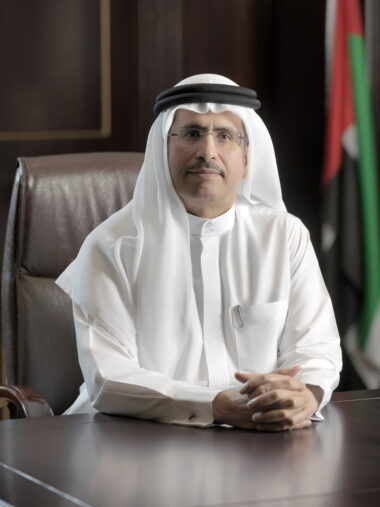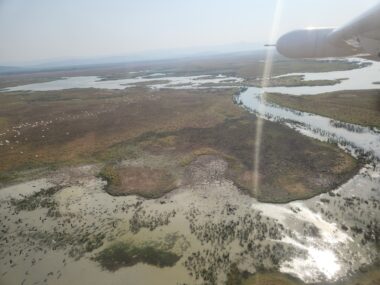

Supporting information for journalists here
While energy-from-waste (EfW) plants are widely regarded as a cleaner alternative to landfills, new research has revealed some facilities produce more carbon emissions per unit of electricity output than coal power plants.
A study, published in Nature Energy, found a major challenge was the increasing plastic content in waste which raises emissions, and not enough improvement in the energy conversion efficiency of EfW plants over time.
Monash researchers analysed nearly 600 EfW facilities over two decades in China which has seen rapid expansion in recent years, processing 700,000 tons of waste per day by 2020. The study found that EfW has contributed to reducing landfill emissions, but the effectiveness of the plants varied significantly based on waste composition and technological advancements.
Many metropolitan areas, including Australian cities, face similar waste challenges. Australia has been developing EfW facilities, such as the Kwinana and East Rockingham plants in Western Australia, to reduce landfill dependence.
The study suggests that if cities can improve how waste is classified and invest in modern equipment, they could cut EfW emissions by half - bringing them closer to the cleaner levels of natural gas by 2060.
“Energy-from-waste has great promise, but there is still room for improvement,” said Dr Jenny Zhou, from the Monash University Nature, Urban and Human (NUH) Lab.
“In areas with high levels of plastic waste and older technology, EfW plants can be less efficient and produce higher emissions.”
Study co-author Ben Liu, a PhD candidate in the Department of Civil and Environmental Engineering, said China possesses the world’s largest EfW capacity and continues to expand it.
“A key trend in China’s waste is the rising plastic content, leading to increasing carbon emissions from EfW. This challenge can be mitigated by improved waste segregation and recycling,” Mr Liu said.
“Another challenge is that the advancement of China’s EfW plants lags behind typical power plants in terms of energy conversion efficiency. Well-designed policies are needed to incentivize the adoption of advanced devices."
Mr Liu said Australia has more established waste classification practices - its waste has a heating value comparable to Europe’s and potentially twice that of China’s.
“If Australia builds EfW plants with advanced equipment, we can leverage on these experiences and create a good balance between energy, environment, and sustainability,” Mr Liu said.
Deputy Head of the Department of Civil and Environmental Engineering, Professor Victor Chang, said the data shows that while China’s EfW facilities have made great strides, there’s still potential to improve their efficiency.
“We’ve created a roadmap for integrating better waste classification and upgraded equipment to optimise EfW plants. By focusing on improved waste sorting and modernising technology, the roadmap highlights how these steps can boost efficiency, enhance energy recovery, and reduce GHG emissions from EfW facilities,” Professor Chang said.
Professor Chang said lessons from the study of EfW in China highlight its dual role as both a cleaner waste management solution and an integral component of the electricity supply.
“To ensure EfW remains a sustainable part of urbanisation in major cities worldwide, its expansion must be carefully balanced with clean energy goals to prevent merely substituting one high-emission source for another,” Professor Chang said. The recommended pathways include:
-
Improve waste segregation in the waste management chain and design appropriate end-point treatments for separated waste streams with different attributes.
-
Enhance energy conversion efficiency, which offers greater long-term benefits despite the higher initial capital costs for high-efficiency modules.
-
Implement carbon capture when viable, as EfW has proven to be suitable platforms for potential Carbon Capture, Utilization, and Storage (CCUS) practices.
See also: Waste not, want not: a home-grown plan to turn plastic and tyres into fuel
-ENDS-
MEDIA ENQUIRIES:
Courtney Karayannis, Media and Communications Manager
Monash University
T: +61 408 508 454 or [email protected]
Monash University Media | +613 9903 4840 | [email protected]
Visit Monash Lens for expert insights and commentary.
Key Facts:



